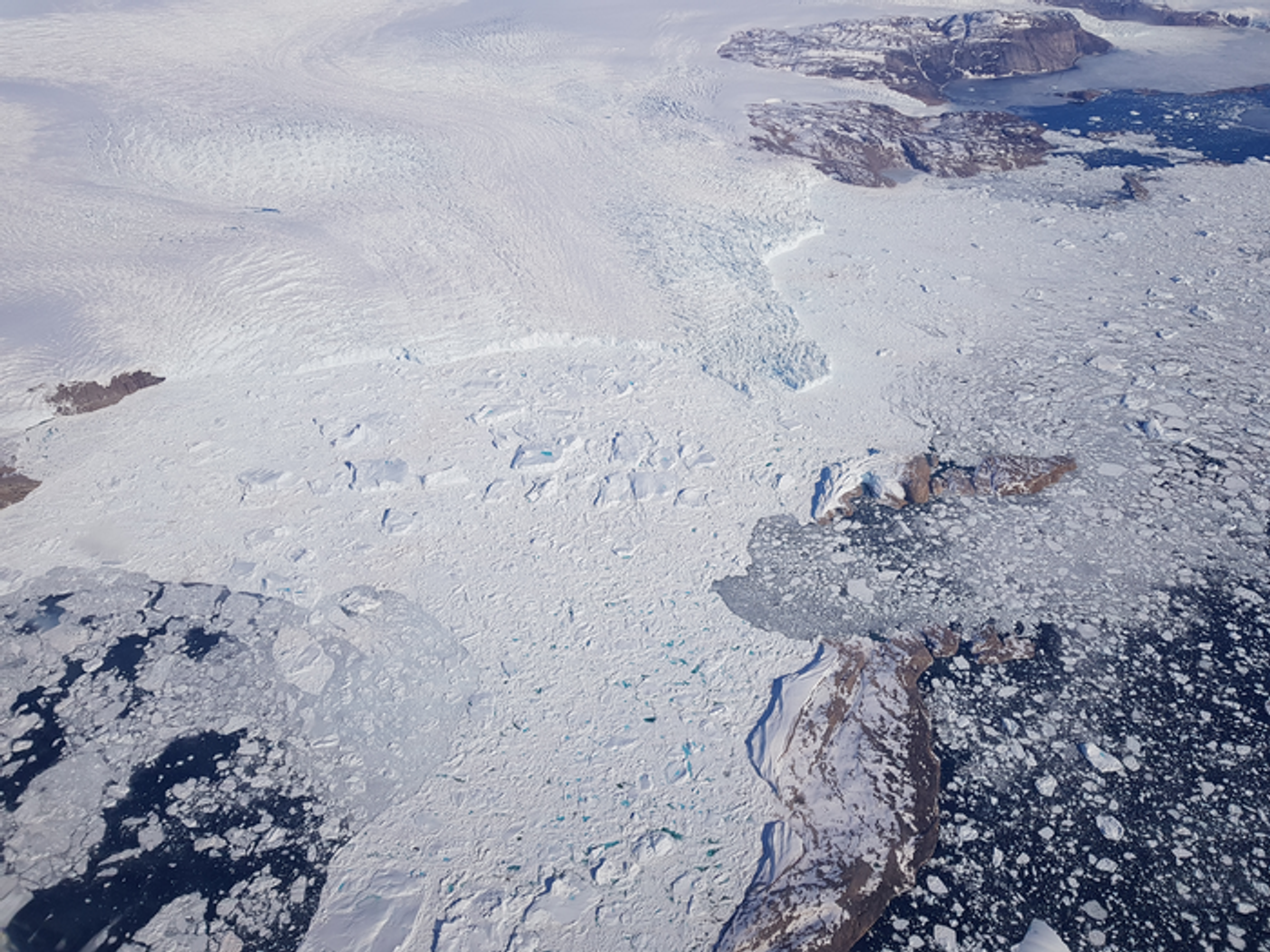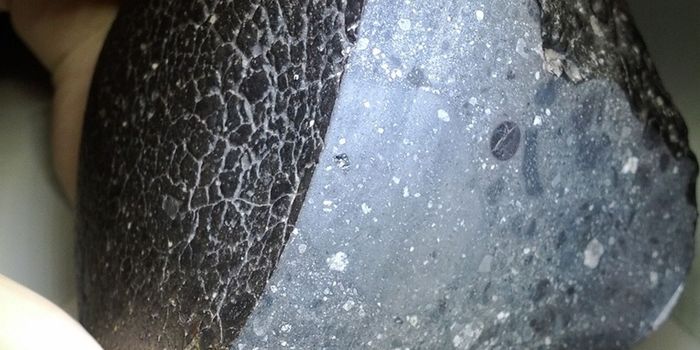Ice Sheet Movements Analyzed Using Artificial Intelligence
In a recent study published in Geophysical Research Letters, an international team of researchers led by the Geological Survey of Denmark and Greenland (GEUS) use artificial intelligence (AI) to examine ice sheet movements from the Greenland Ice Sheet (GrIS) in order to predict patterns of ice mass loss and compare them to climate models, specifically pertaining to rising sea levels.
"With the help of large amounts of satellite data and artificial intelligence, we can identify and map general seasonal fluctuations over large parts of the ice sheet's edge,” said Dr. Anne Munck Solgaard, who is a Senior Researcher at GEUS, and lead author of the study. “Not just for one year, but for fluctuations over a number of years, as well. Thus, our study provides an indirect look at processes beneath the ice and the connection with meltwater on a large scale. This connection is very important to understand in relation to the warming climate of the future, in which the amount of meltwater will increase."
The study’s findings indicate channels known as subglacial drainage pathways act as a drainage system that affects ice movement when the surface-level meltwater goes beneath the ice. This results in increased pressure at the bottom of the ice, causing increases in the speed of the ice towards the ocean. Combining AI with thousands of measurements, the researchers were able both identify and separate patterns in ice movements, and it was the AI that made all these calculations possible.
"In recent years, the amount of freely available satellite data has exploded,” said Dr. Christine Hvidberg, who is a professor at the Niels Bohr Institute, and a co-author on the study. “It comes from ESA's Sentinel satellites and America’s Landsat. The data allows us to map the speed of ice in high resolution, both temporally and spatially. It's great, but it also makes it completely impossible to gain a complete overview of the ice's movements and patterns by manually looking through time series. Here, artificial intelligence and heaps of computing power help us see previously undiscovered patterns and connections.”
With the effects of climate change taking its toll on Earth in a multitude of ways, it’s more important than ever to address how much this is causing a decrease in ice mass on a global scale, and this study opens the door for identifying not only ice mass loss in Greenland, but in other ice-rich locations around the world.
Sources: Geophysical Research Letters, EurekAlert!
As always, keep doing science & keep looking up!









